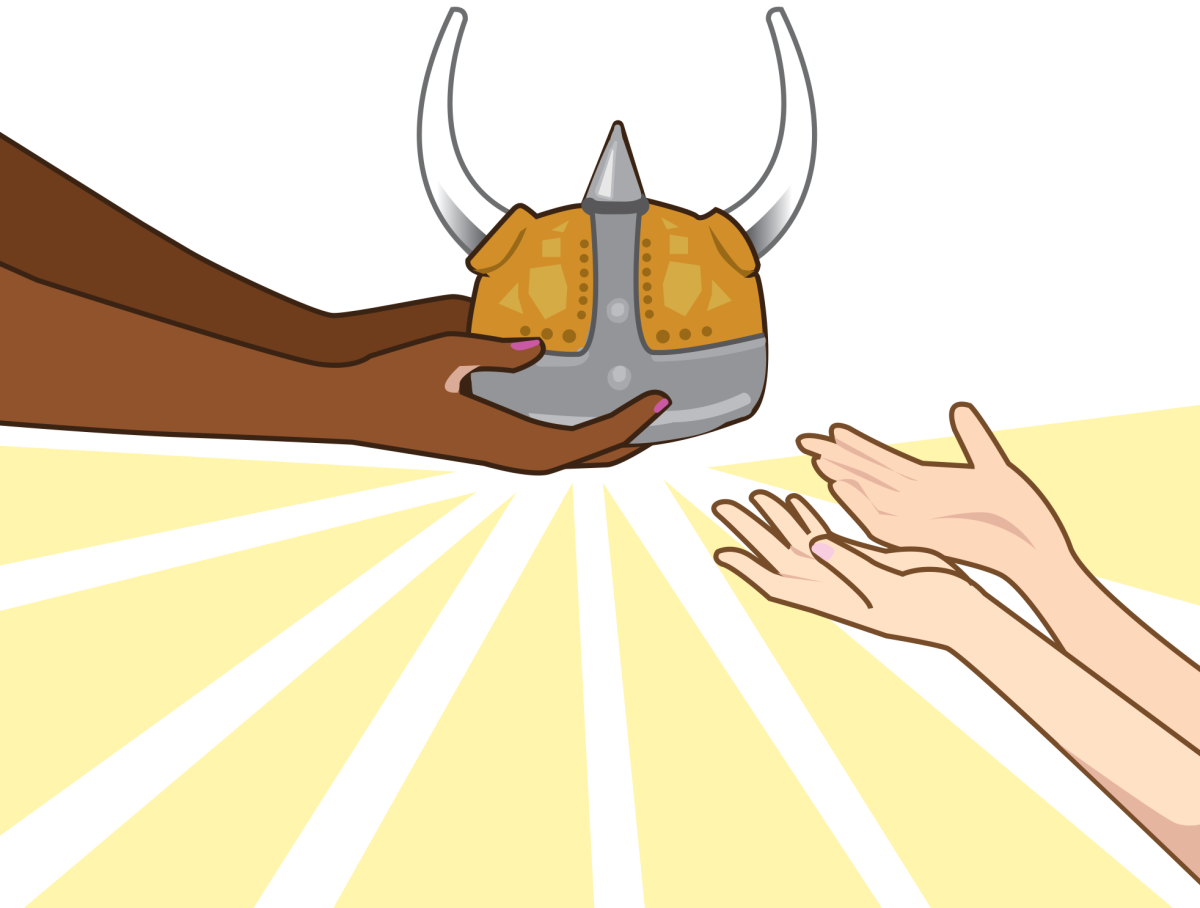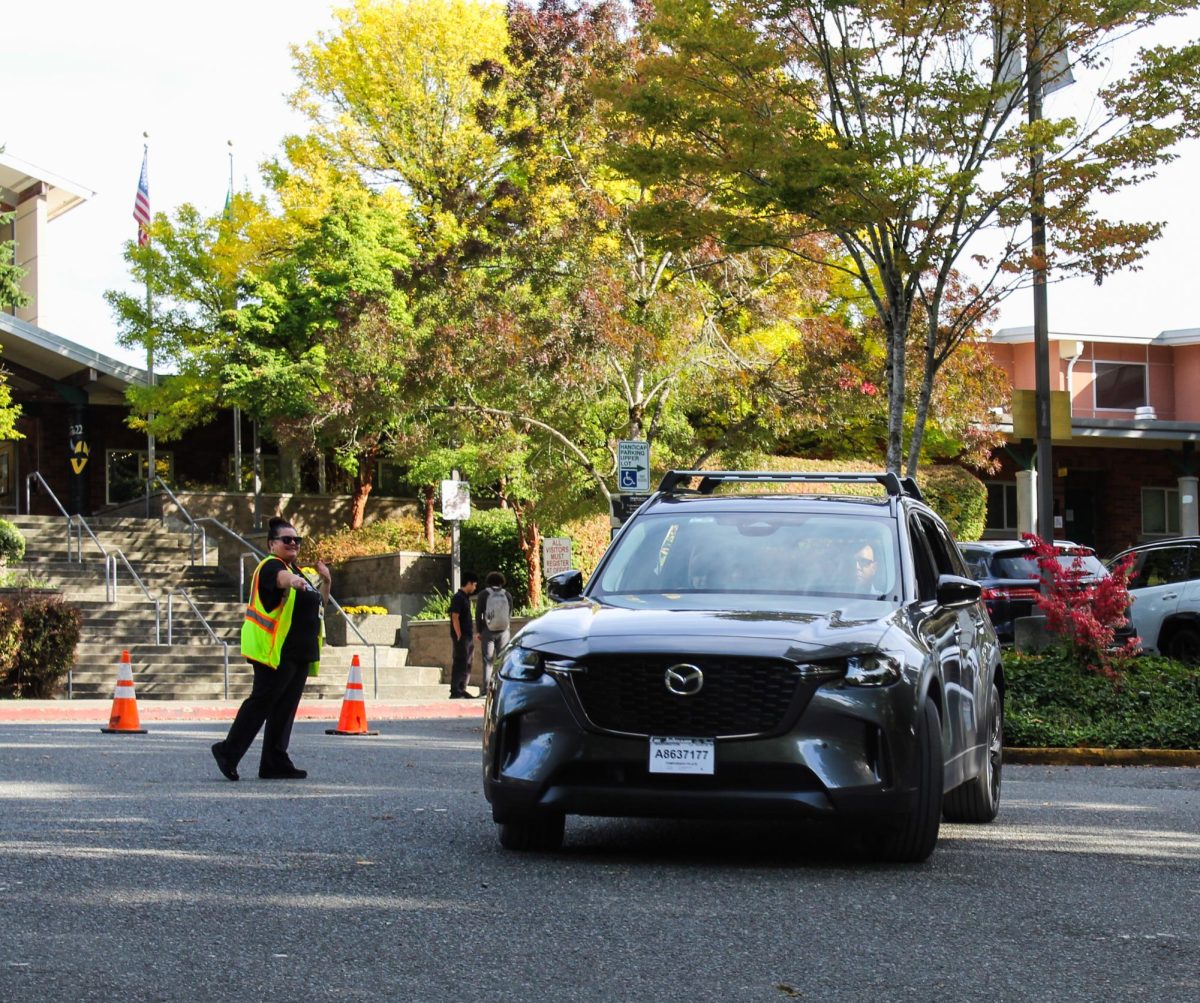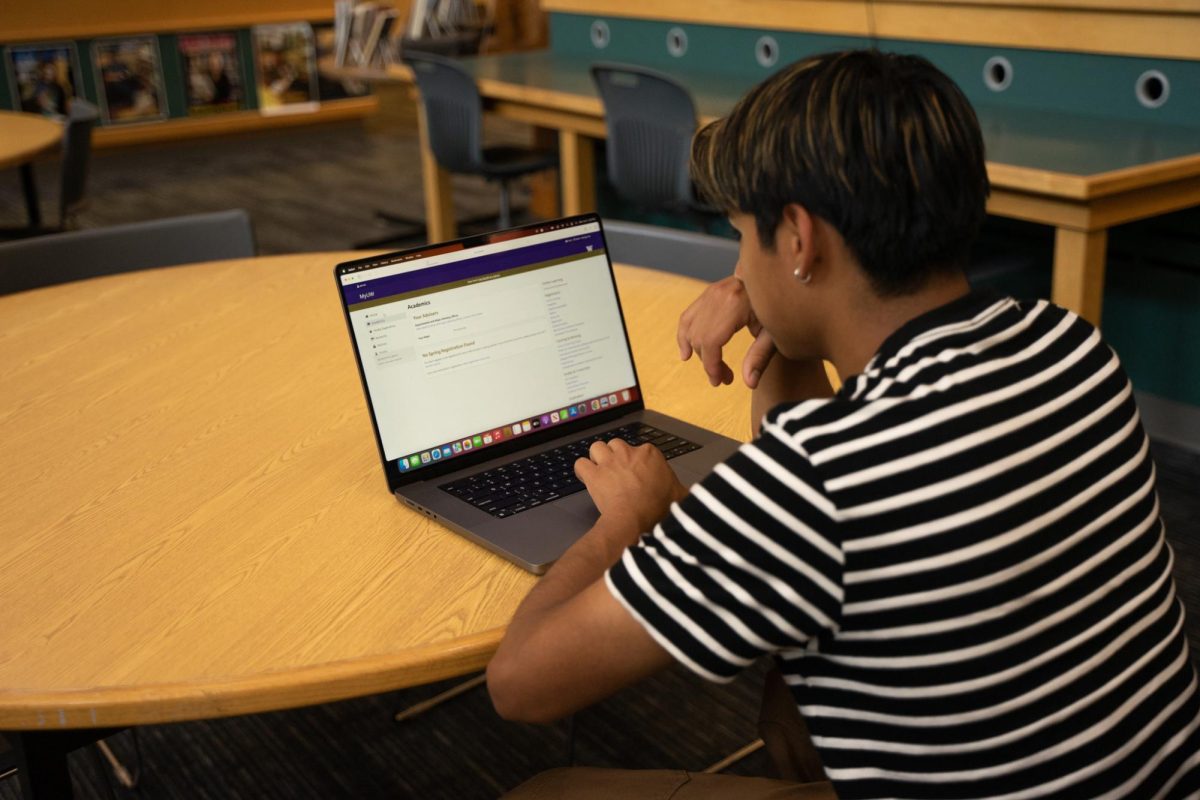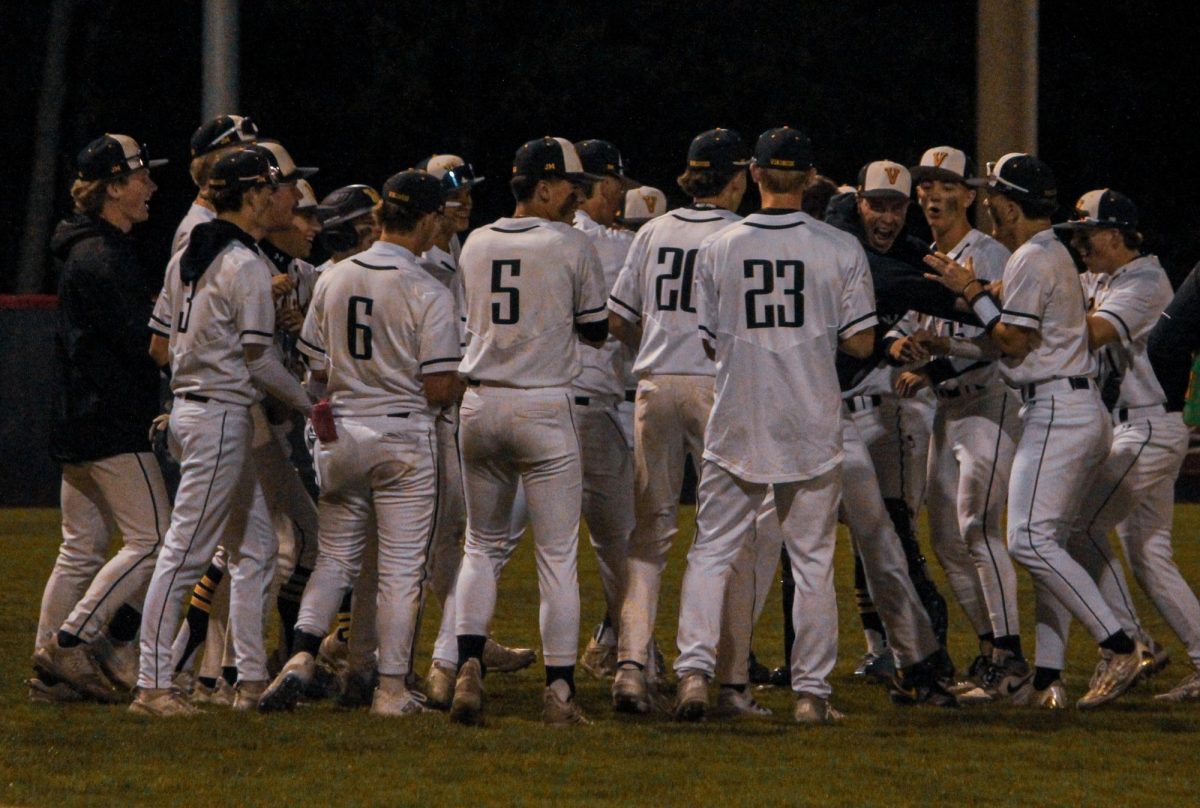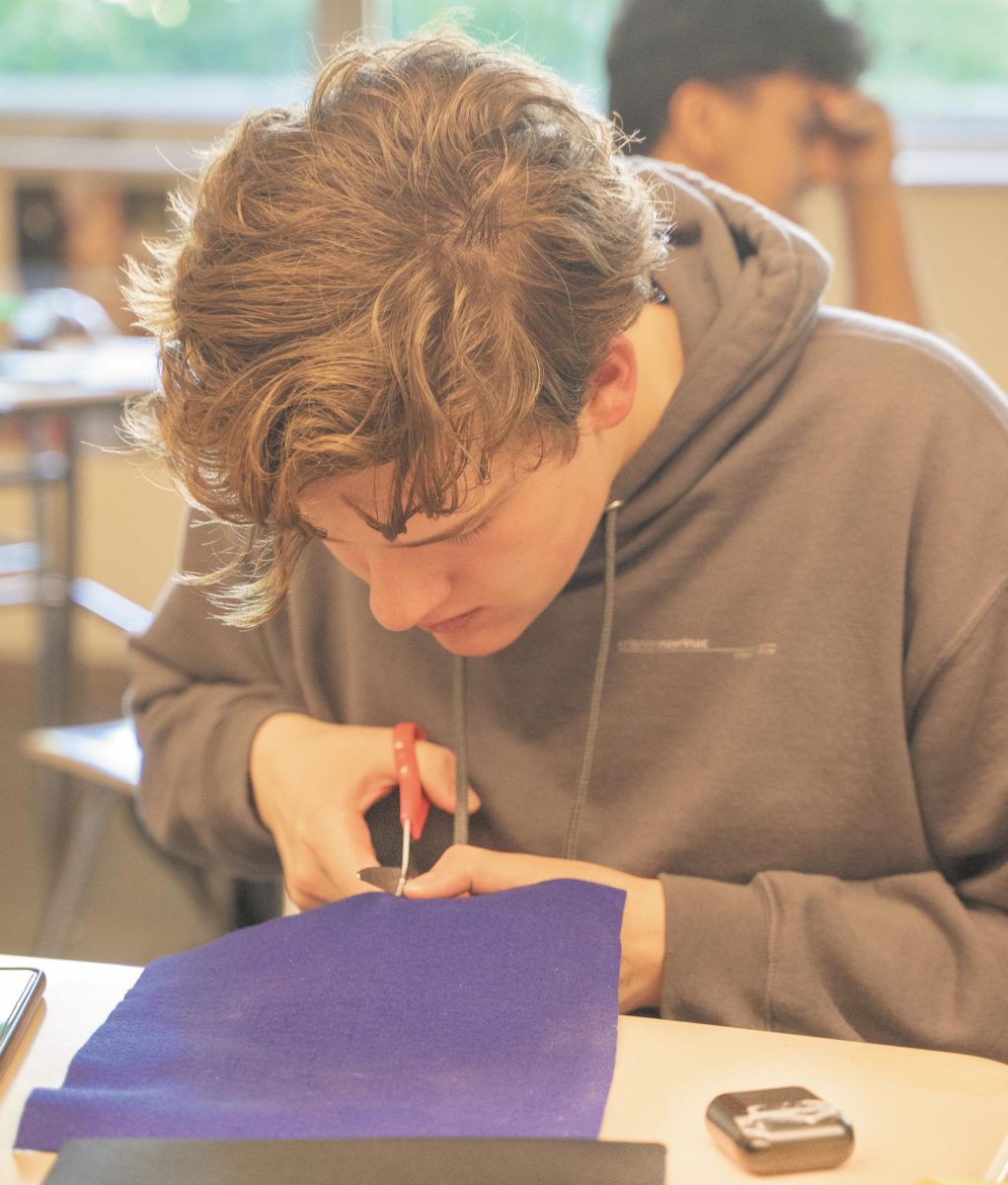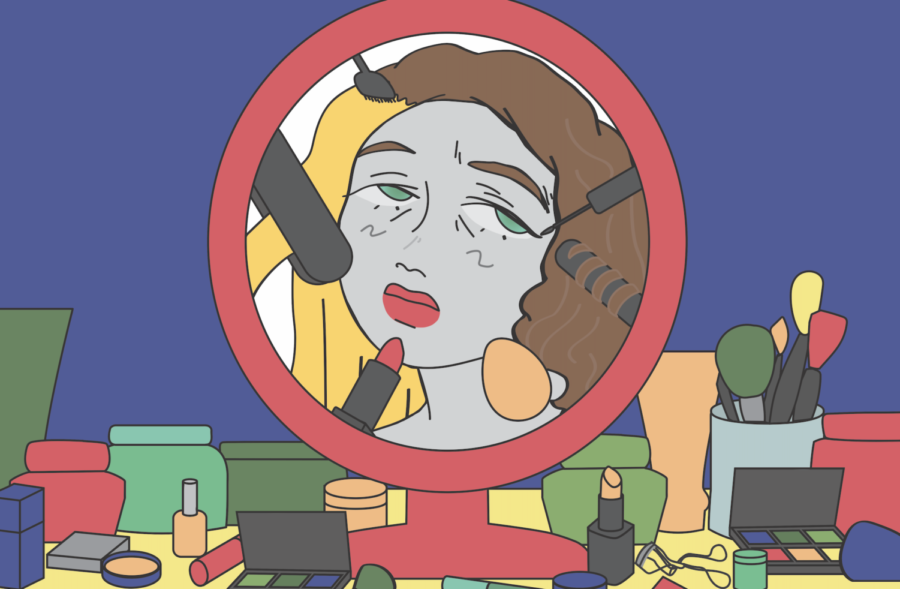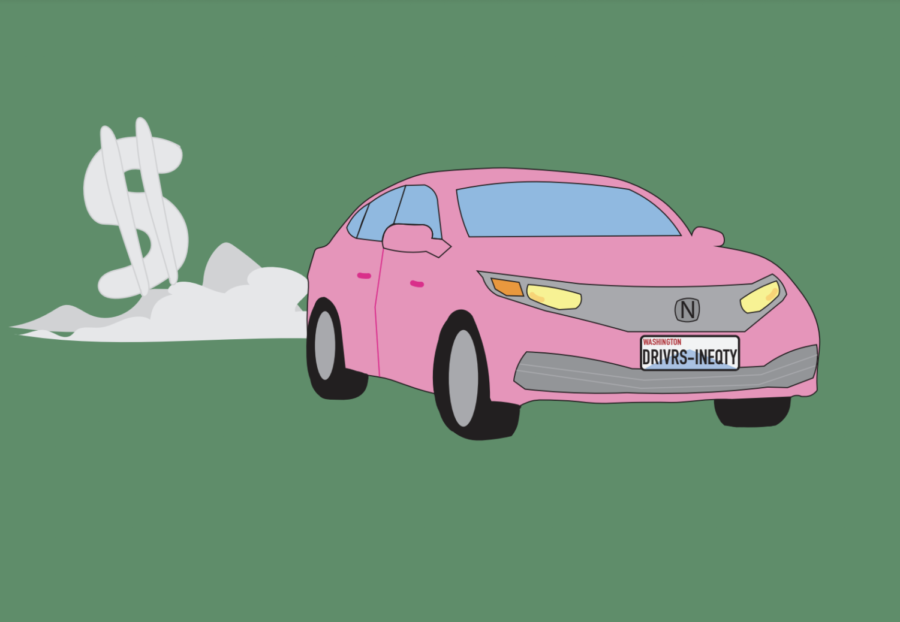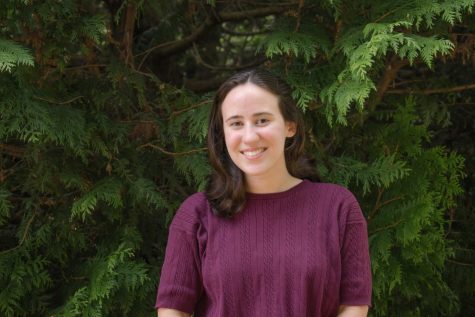Community at Inglemoor
For some students, gender is more than identifying as being male and female. It is about self-expression. It can be expressed through people’s actions, words and style. Inglemoor’s Gender Sexuality Alliance (GSA) club works to promote a positive and supportive community around school for all people, regardless of gender identity and sexual orientation, freshman Bren Bartol (they/them) said.
“I hope GSA has more of a sort of say, because I think they’re going to be a key role in expanding the normalization of this community,” Bartol said. “It’s nice to have a community of people who are like you and who understand what you’re going through.”
Every Thursday, GSA members meet in the teachers’ lounge to simply talk to one another, Bartol said. For Bartol the club has established a sense of support and community for the members. Sophomore Sam Perez Loreto (they/them) said that they feel as though staff members have made a decent effort toward creating a supportive environment. After attending a meeting, Perez Loreto said they learned a lot about pronouns and felt like they were able to express themselves without feeling judged. In terms of extending this comfort beyond GSA meetings, Perez Loreto said they sometimes feel “unwelcome and out of place.” This is because of the use of homophobic slurs.
“A lot of boys at Inglemoor hide behind slurs to protect their own masculinity. It’s upsetting, because sometimes these slurs increase the discomfort and embarrassment that a lot of others feel,” Perez Loreto said.
Administration and staff try to create a welcoming space for everyone in the school community, but they said effort isn’t always enough, said Perez Loreto. They said, however, through communication and frequent conversations about the LGBTQ community, this idea of self expression will become more normal. They said they want to feel like their existence is just as normal as everyone else’s at school, avoiding barriers of miscommunication and slurs that divide them from the community. Bartol, too, said they want to see Inglemoor do more in the future.
“Within my friend group, most of us are LGBTQ+. So like, it’s not weird to us, and we don’t seem like we’re a minority. But then once we leave that, it’s very apparent to us that we are not being normal,” Bartol said. “This would take time, but I would like to start introducing more minorities into curriculums and not just LGBTQ+. In history, it’s pretty much all the white straight men. I’d rather learn about something cooler, making it way more normal for kids to not go by their assumed gender.”
Change isn’t always easily adaptable, but with time and cooperation between the students and staff, Bartol said, achieving the establishment of a supportive environment can be done. Perez Loreto said they feel like Inglemoor is slowly but surely trying to spread unity and support. During Pride month last June, Perez Loreto said they were really excited about all the decorations put up in Sherwood Forest.
“I really appreciated the flags and positive posters that were put up. There was a bowl of pride flag pins in the office, giving all students a chance to show their support by simply wearing one,” Perez Loreto said . “I thought it was a really cool thing to do.”
In order to maintain such an inclusive environment, it is important to practice learning how to be respectful, according to Bartol. Creating a consistency with pronouns and terms will help everyone within the community feel more comfortable and normal.
“It’s not rude to ask somebody’s pronouns, especially if they’re non-gender conforming. We’re not going to get offended if you ask; we’re actually gonna be really happy,” said Bartol. “Be respectful, ask them what their preferences are, what they’re okay with and what they’re not okay with, because it’s really dependent on the person.”
By Tammi Tran
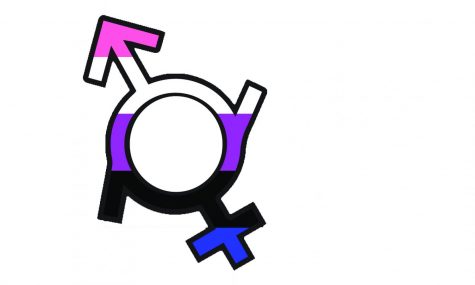
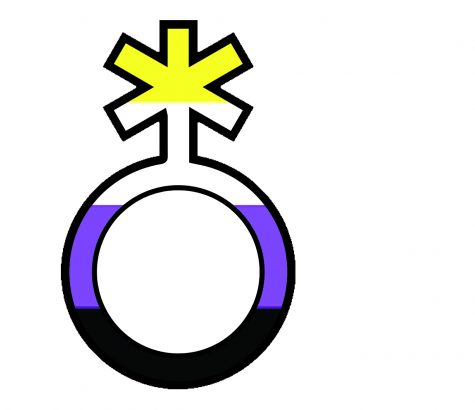
Progress towards inclusion
Non-binary people—those whose gender is neither male nor female—are gradually becoming more visable in modern day society. This can be seen through greater representation in areas of pop culture such as music and television. In 2019, English singer Sam Smith and “Queer Eye” hairdresser Jonathan Van Ness came out as non-binary.
“I’m really glad that they came out,” junior Sophie Marquis (they/them) said. “I think that was really brave of them. It’s great when people come out and that they feel safe enough to do so.”
However, Marquis said that mainstream media often fails to include non-binary people. They said that most popular television shows, movies, music and books are created by and for a percieved cisgender audience, with little to no regard for others who deserve to be represented.
“I don’t see a ton of [non-binary] people in the media,” Marquis said. “There’s not a lot of out non-binary people who are really big.”
Despite this, Marquis said that representation in media has the potential to support questioning youth, as many of those who struggle with their gender identities do not have role models in their everyday lives to look to.
“It’s nice to see even a little bit of representation,” Marquis said. “It’s really good for people trying to figure themselves out.”
They said that reguarly seeing non-binary people in film and music industries offers youth the chance to see that they do not have to identify as strictly male or female, but rather as a gender that more closely matches how they feel.
Senior Fabian Copeland* (they/them) said that accurate representation is especially crucial for those who have felt at odds with the binary definition of gender perpetuated by mainstream media. They said the little representation that does exist can sometimes compromise what it means to be non-binary.
“Non-binary itself is not a gender,” Copeland said. “It encompasses tons of different genders that are outside of the binary or no gender at all, and people use more than just they/them pronouns.”
As media evolves to include content created by anyone, though, representation of non-binary people is becoming more visable among smaller platforms. Copeland said that the digital world is not limited by mainstream media, which is often targeted primarily towards cisgendered people. They said that this is especially evident through podcasts, web shows and webcomics.
“You can find really great representation in a lot of fictional podcasts,” Copeland said.
One of these is “Penumbra,” created by Sophie Kaner and Kevin Vibert, that confronts gender-norms through a diverse range of characters.
“It has probably some of the best representation I’ve ever seen,” Copeland said.
They said “Penumbra” strives to create stories for people who often feel excluded from mainstream media. With spotlight on Juno Steel, a non-binary bisexual private eye on Mars, “Penumbra” serves as a model for queer representation in the media.
Podcasts, webshows and webcomics offer a platform for genderqueer people to express their stories in an accessible way for the world to see. However, Copeland said that this does not change the fact that non-binary people deserve representation through all forms of media.
“Media should include a wider variety of representation and more of it,” Copeland said.
They said that showing non-binary people across all media allows for greater understanding. As of right now, Copeland said that non-binary content is primarily found through online platforms and podcasts. This perpetuates the divide between those who reguarily see non-binary representation and the people who see gender as simply male or female. Copeland said that a more inclusive future requires representation through media that reaches all.
“[The media] should include more non-binary people in general,” Copeland said. “There’s a lot more of us than some people might say.”
*Name changed for anonymity





